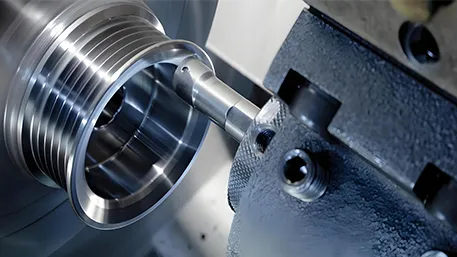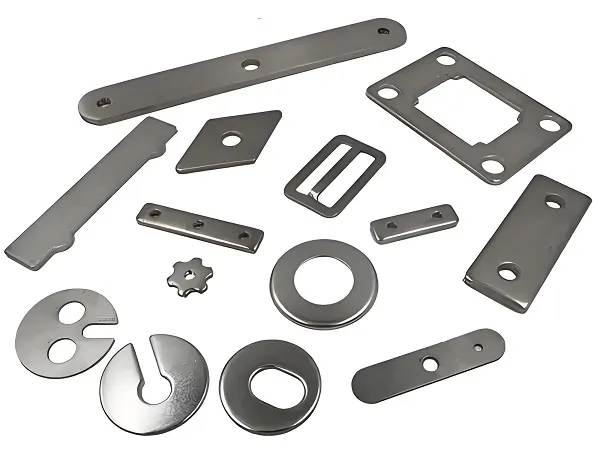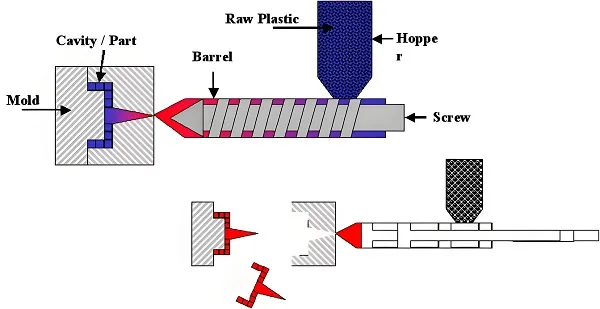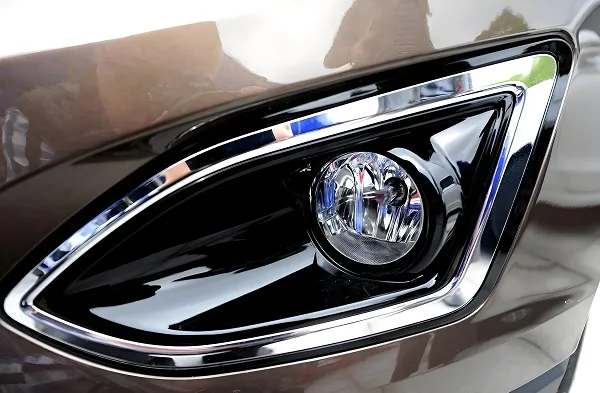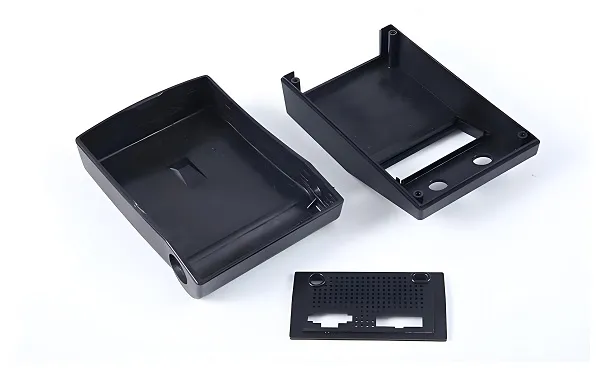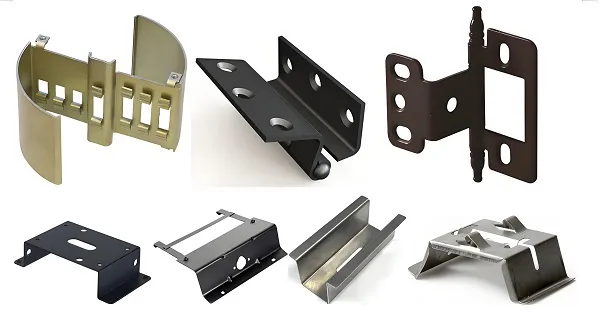1. Technical Overview of Automotive Plastic Injection Molding
Automotive plastic injection molding is a critical process for producing lightweight, durable, and cost-effective components that meet stringent industry standards. Suppliers specializing in automotive applications must address challenges such as high-temperature resistance, chemical stability, and vibration dampening, while adhering to certifications like IATF 16949. Advanced techniques like gas-assisted molding, overmolding, and microcellular foaming enable the production of complex geometries for engine components, interior trims, and electrical housings. This article examines material selection, surface treatments, and quality control practices essential for sourcing reliable automotive-grade plastic parts.
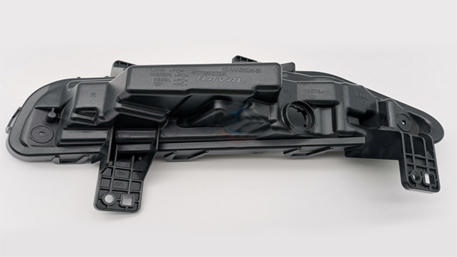
2. Technical Documentation: Automotive Plastic Material Comparison
Automotive plastics must balance performance, safety, and cost. Below is a comparison of materials widely used in vehicle components:
| Material | Tensile Strength (MPa) | Heat Resistance (°C) | Chemical Resistance | Cost Index | Typical Applications |
|---|---|---|---|---|---|
| PP (Polypropylene) | 25–35 | 100–120 | High | Low | Bumpers, battery casings |
| ABS | 40–50 | 80–100 | Moderate | Low | Dashboard panels, trim parts |
| PA66 (Nylon) | 80–100 | 180–220 | High | Medium | Engine covers, fuel systems |
| PBT | 50–60 | 150–180 | High | Medium | Electrical connectors, sensors |
| PC/ABS Blend | 55–65 | 110–130 | Moderate | Medium | Headlight housings, interior controls |
Engineer Recommendations:
- PP: Ideal for cost-sensitive exterior parts requiring UV resistance.
- PA66-GF30 (30% glass fiber): Use for under-hood components needing high strength and heat tolerance.
- PBT: Optimal for electrical parts exposed to fuels and oils.
- PC/ABS: Balance impact resistance and aesthetics for interior modules.
3. Customer Case Study: Engine Air Intake Manifold
Client Pain Point: A European automaker needed a lightweight, heat-resistant intake manifold but faced warping issues with traditional PA6 materials.
Technical Challenges:
- Maintaining dimensional stability at 200°C under cyclic thermal loads.
- Reducing weight by 20% without compromising structural integrity.
Solution: - Material: PA66-GF35 (35% glass fiber) for enhanced heat resistance.
- Process: Gas-assisted injection molding to eliminate sink marks and reduce material use.
- Tooling: Conformal cooling channels to minimize cycle time.
Results: - Warpage reduced by 85%, meeting ISO 527-2 tensile standards.
- Weight reduced by 22%, contributing to fuel efficiency improvements.
4. Surface Finishing for Automotive Components
| Process | Characteristics | Applications |
|---|---|---|
| Electroplating | Chrome-like finish; corrosion resistance | Grilles, emblems, door handles |
| Texture Painting | Soft-touch or grained surfaces | Interior dashboards, control panels |
| IMD (In-Mold Decoration) | Integrated graphics; scratch-resistant | Instrument clusters, center consoles |
| Plasma Treatment | Improves adhesion for secondary bonding | Headlight lenses, sensor housings |
5. Automotive Plastic Parts Customization Workflow
- Requirement Analysis: Define performance standards (e.g., UL94 flame rating, RoHS compliance).
- Mold Design: CAD/CAE simulation for stress analysis and gate optimization.
- Material Testing: Validate thermal, chemical, and mechanical properties.
- Prototyping: T0 samples for fitment and functional testing.
- Mass Production: High-cavitation molds (8–32 cavities) with robotic automation.
- Post-Processing: Laser etching for part numbering or anti-counterfeiting marks.
6. FAQ: Automotive Plastic Molding
Q: What certifications are mandatory for automotive suppliers?
A: IATF 16949 quality management and ISO 14001 environmental systems are essential.
Q: How to prevent warping in large thin-walled parts?
A: Use crystalline resins (e.g., PBT) and optimize cooling rates via conformal channels.
Q: Are bio-based plastics viable for automotive use?
A: Yes, materials like bio-PA are gaining traction for non-structural components.

